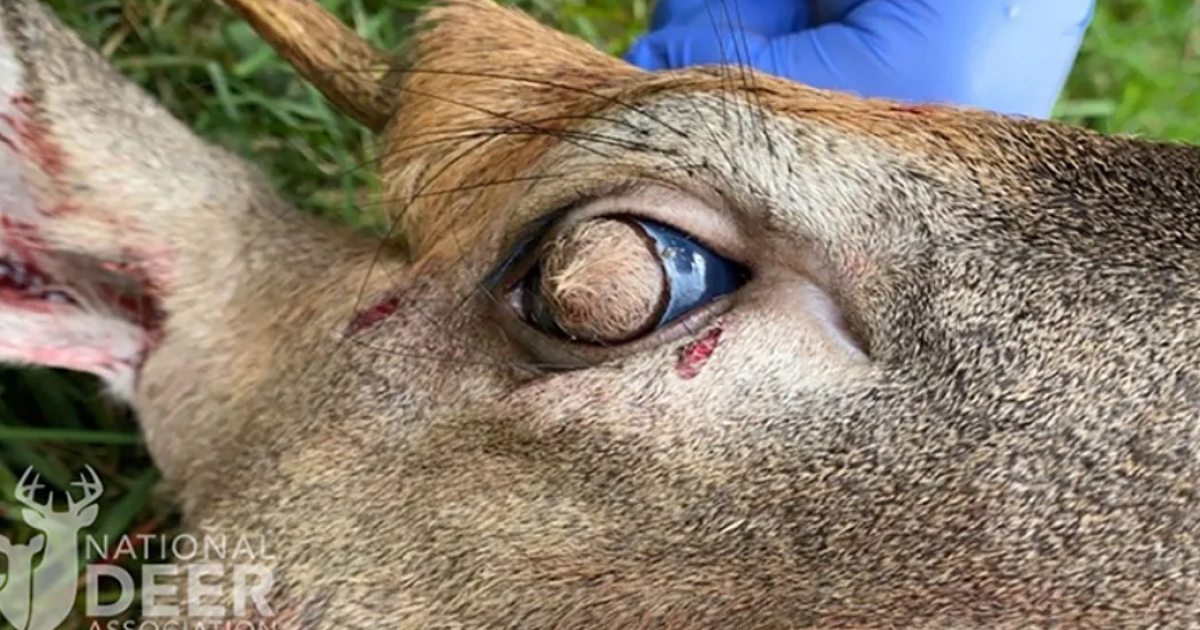
If there were ever two words that didn’t go together, it would be “hairy” and “eyeballs.”
It’s nightmare fuel for sure, even if we’re not talking about human beings.
The deer in question was a year-old whitetail buck, and the hair covering its eyeballs is an example of a condition called corneal dermoids.
It’s rare, and occurs when tissue of a particular type grows in the wrong place on the body.
Residents of Farragut, a town near Knoxville, reported the deer wandering in circles. Wildlife experts put the deer down, fearing its behavior pointed toward chronic wasting disease.
It’s a prion disease that is communicable to other deer.
The Tennessee Wildlife Resources Agency (TWRA) sent the animals head for testing at the Southeastern Cooperative Wildlife Disease Study unit (SCWDS) at the University of the Georgia.
They found the deer did not have chronic wasting disease but epizootic hemorrhagic disease (EHD), which can cause fever and disorientation – but not hairy eyeballs.
Doctors Nicole Nemeth and Michelle Willis released a report with their findings.
“Corneal dermoids, as in the case of this deer, often contain elements of normal skin, including hair follicles, sweat glands, collagen, and fat. The masses generally are benign (noninvasive) and are congenital, likely resulting from an embryonal developmental defect.”
They gave an interview to Quality Whitetails as well.
“We assume these to be congenital, so we surmised that it survived a long time with those. We also assumed the dermoids developed gradually and that the deer was able to adapt to its decreasing field of vision over time.”
https://twitter.com/deerassociation/status/1362538648437202944
The buck’s eyes were normal…aside from the hair.
This is only the second time researchers have gotten their hands on a deer with corneal dermoids, so aside from looking extremely creepy, there isn’t a reason to be overly concerned.
But I think it’s still going to give me nightmares.
If you thought that was interesting, you might like to read a story that reveals Earth’s priciest precious metal isn’t gold or platinum and costs over $10,000 an ounce!